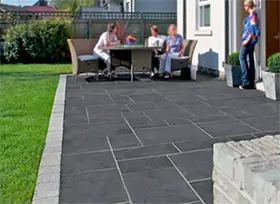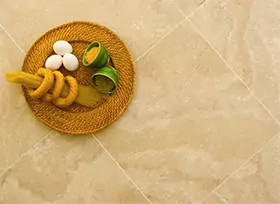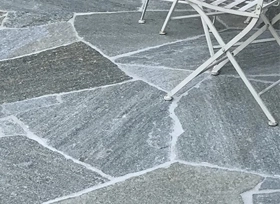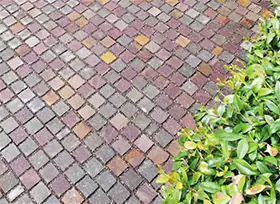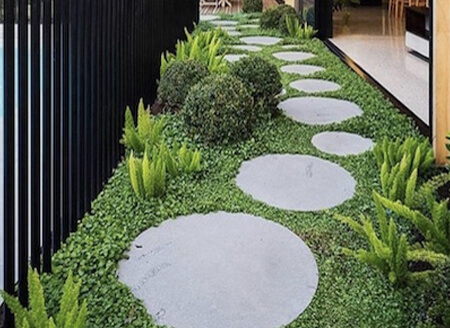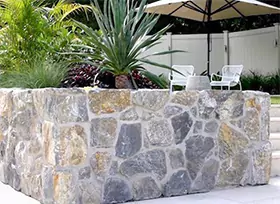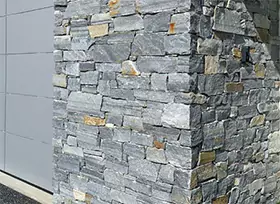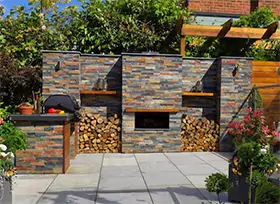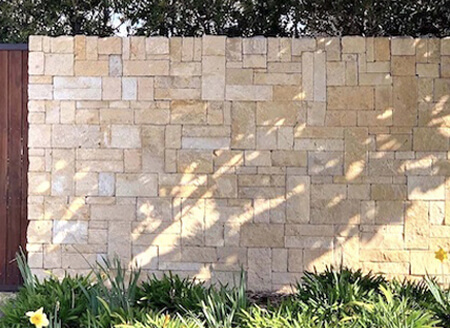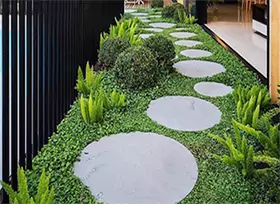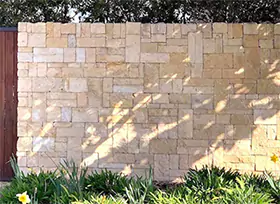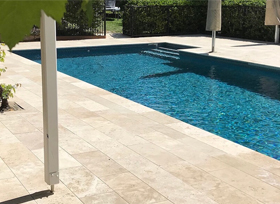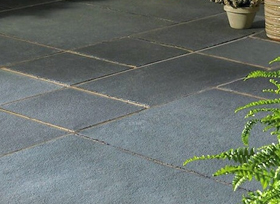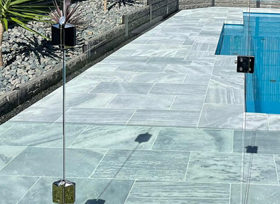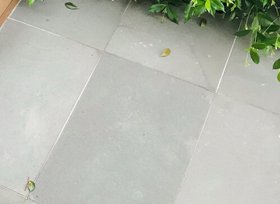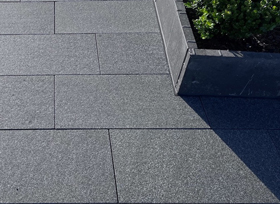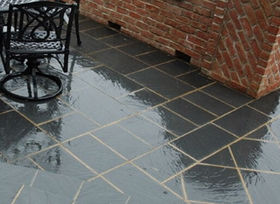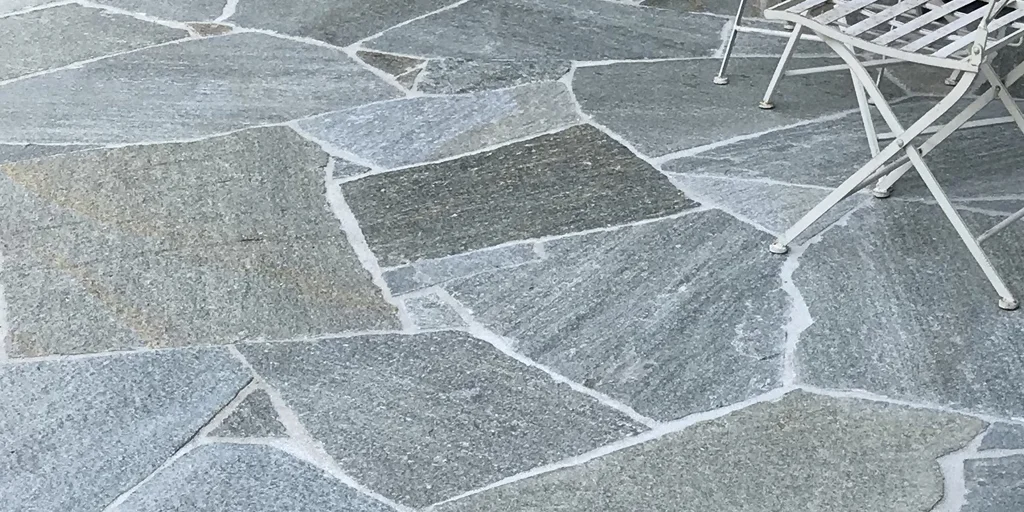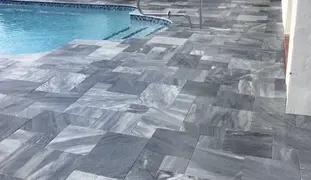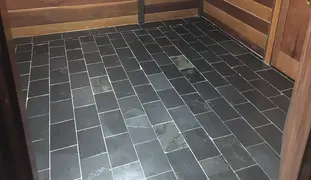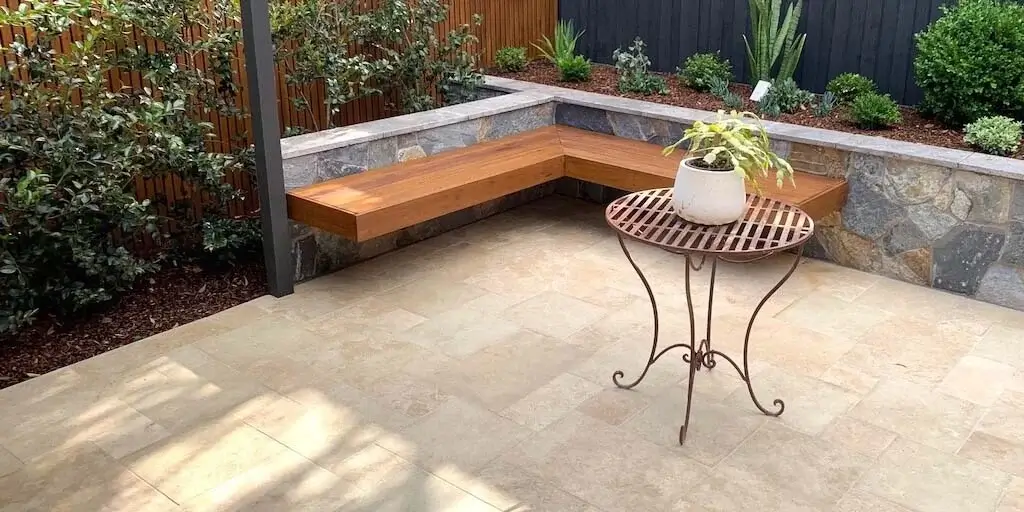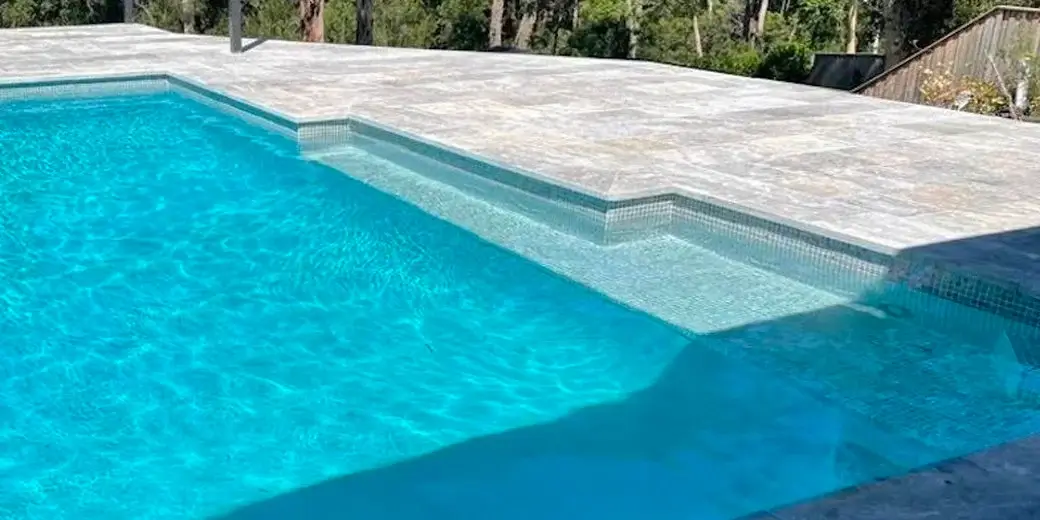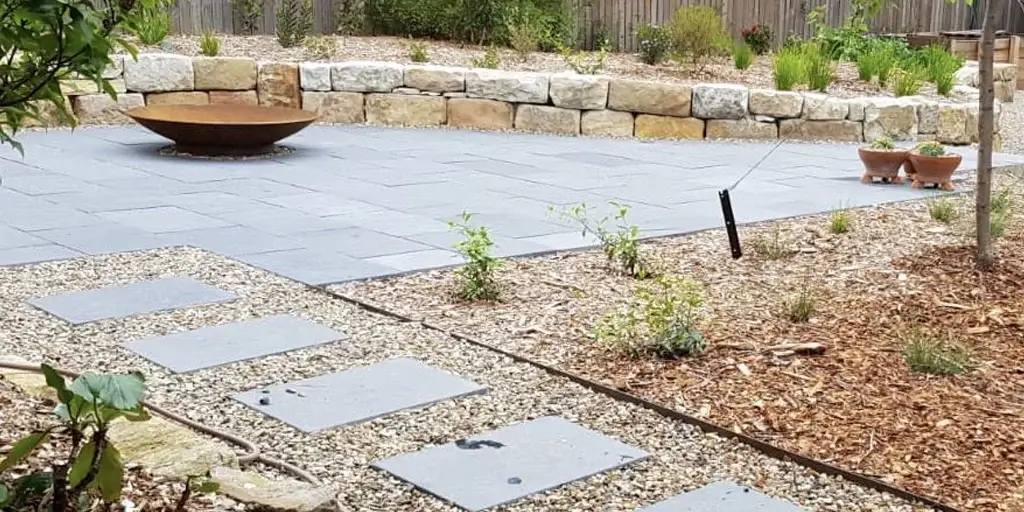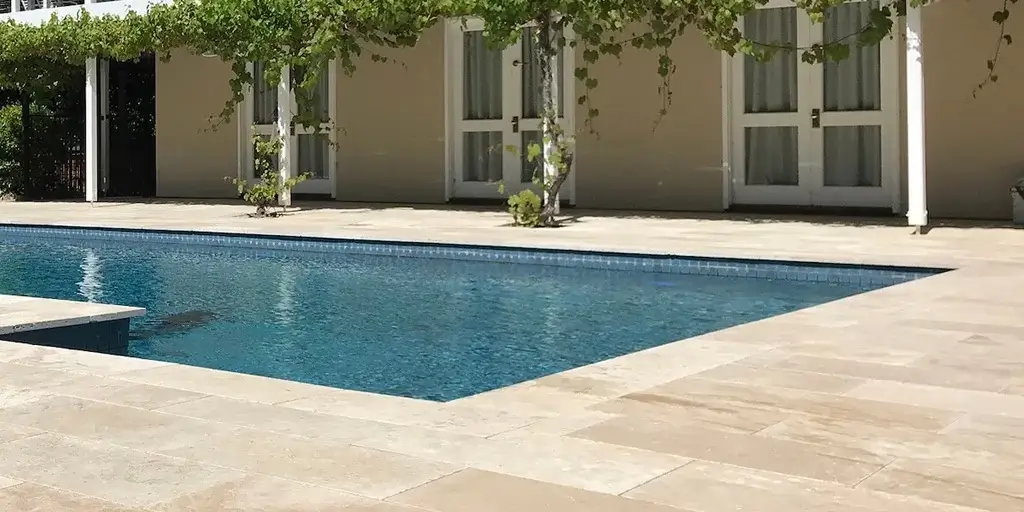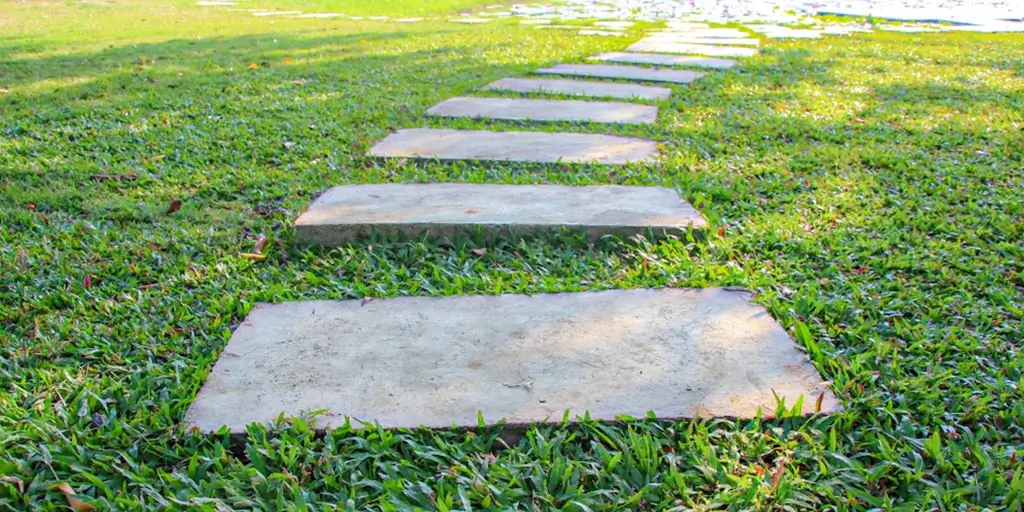Crazy paves derive their name from random and crazy patterns of stones. The concept originated in Rome where broken pieces or waste cut-offs from large stones were used. They are trending everywhere and believe it or not, they will soon take over the outdoor space.
They are durable, weather-resistant, and low maintenance besides being sustainable. Their haphazard layout lends a bold character to every space they are installed in, including walkways, driveways, patios, poolside, alfresco, courtyards, walls, stairs, and more. However, people tend to make a lot of mistakes while laying them. Here are a few do's and don'ts to help you in the process:
Measuring
Of course, measuring the area is the first step to be able to calculate the number of stones you would need. Measure the entire perimeter of the vicinity and then figure out the area of crazy paving in square meters. Also, add stone sealant to your budget to avoid the over-budgeting issue in the future. Sealant is necessary to protect the stones when exposed to high traffic, weather fluctuations, or moisture.
Planning the area
Get spikes and strings to create a border around the proposed paving area. Just push a spike in the ground and tie a string around it, connecting it to another spike in another corner or edge. This will create a map or a barrier that will ensure that the paving stones don't go out of the area. Crazy paves, because of the random shapes, tend to go out of the assigned area.
Preparing the base and laying the stones
Wet Mortar Bedding method:
- If you are laying the stones onto a concrete slab and the stones are 20mm or less in thickness, use a flexible glue to adhere them to the slab.
- Dampen the concrete, apply the adhesive, place the mortar mix. Also, apply the bonding adhesive to the back of the stone.
- Place the stone in place and gently tap with a rubber mallet which avoids making marks on stones. Tapping ensures there are no air bubbles trapped beneath the stone as they cause the adhesive to weaken with time.
- Always start by laying the bigger stones first followed by smaller stones that are used as fillers.
- Open joints of 8-10mm spacing should be allowed. Fill the empty space around the stones and remove any excess mortar.
- Remove excess material from the surface with a clean sponge and water. This will avoid staining the stones and avert any mess.
Adhesive Bedding method:
- In case you are laying the stones on the ground, prepare a compact road base and sand cement screed.
- The screed should be flattened and dry, followed by the removal of dirt, dust, or oil.
- Prepare a uniform layer of adhesive at least 8-10mm thick and butter the back of the stone. Always clean the stone before applying the adhesive.
- Please make certain that the adhesive doesn't dry up while being exposed to the air for too long. Therefore, apply adhesive to the stone one by one.
- Lay the stones and tap with a rubber mallet. Remember to start with bigger stones and then fill the gaps with smaller stones.
- Allow consistent open joints of around 7-10mm.
Grouting
The process of grouting would remain the same in both methods.
- With a sponge, dampen the grout joints and stones.
- Place the grouts into the joints, taking care to avoid vacuums. Thrust the grout to the full depth of the stones.
- With the help of a trowel, remove excess grout.
- After the grout has been set, use a wet sponge to clean the paving stones removing surplus grout if any, dirt, rubble, or dust. You can use a pH-neutral cleaner and a nylon pad to get rid of stubborn elements like oil or debris.
- Please note you should never use acidic cleaners else the stone and grout get damaged beyond repair.
Sealing
The last step in the crazy paving installation is sealing. As mentioned earlier, sealing protects the stones and ensures their durability. It is advisable to use a good quality penetrating sealer that helps to lock the color and shine of the stones.
In conclusion
Though Crazy Pavers have tons of benefits, laying them is not an easy task. With proper planning and tools, there would be fewer hurdles. Follow these easy hacks and simplify the process of crazy paving. Our Crazy pavers are available in Bluestone, Limestone, Sandstone among others. If you have suggestions or experiences to share, write to us at [email protected] or call us on 1300 830 274.
*Disclaimer: All information and advice given above in the blog are to the best of our knowledge. Please reconfirm at your end before execution.


